Market Growth Projections
The Global Structural Health Monitoring Market Industry is poised for substantial growth, with projections indicating a market value of 2.52 USD Billion in 2024 and an anticipated increase to 12.2 USD Billion by 2035. This growth trajectory reflects a compound annual growth rate of 15.47% from 2025 to 2035, underscoring the increasing reliance on advanced monitoring technologies. As infrastructure investments rise and safety regulations tighten, the demand for structural health monitoring solutions is expected to escalate, positioning the market for significant expansion in the coming years.
Increasing Infrastructure Investment
The Global Structural Health Monitoring Market Industry is experiencing a surge in demand due to heightened investments in infrastructure development. Governments worldwide are allocating substantial budgets to enhance transportation networks, bridges, and buildings. For instance, the United States has proposed significant funding for infrastructure projects, which is expected to bolster the market. As infrastructure ages, the need for monitoring systems to ensure safety and longevity becomes critical. This trend is projected to contribute to the market's growth, with estimates indicating a market value of 2.52 USD Billion in 2024, potentially escalating to 12.2 USD Billion by 2035.
Rising Awareness of Safety Regulations
The Global Structural Health Monitoring Market Industry is significantly influenced by the increasing awareness of safety regulations and standards. Governments and regulatory bodies are emphasizing the importance of structural integrity to prevent disasters and ensure public safety. This heightened focus leads to the implementation of stringent monitoring protocols across various sectors, including transportation and construction. For instance, the European Union has established guidelines mandating regular inspections and monitoring of critical infrastructure. Such regulatory frameworks are likely to drive demand for structural health monitoring solutions, thereby contributing to the market's expansion.
Growing Urbanization and Population Density
Urbanization and rising population density are pivotal factors propelling the Global Structural Health Monitoring Market Industry. As cities expand and populations grow, the strain on existing infrastructure intensifies, necessitating effective monitoring solutions to ensure structural safety. For example, densely populated urban areas are increasingly adopting monitoring systems to assess the health of bridges and buildings. This trend is expected to escalate the demand for structural health monitoring technologies, as stakeholders seek to mitigate risks associated with aging infrastructure. The market's growth trajectory is likely to reflect these urbanization trends, further emphasizing the need for robust monitoring systems.
Technological Advancements in Monitoring Systems
Technological innovations are driving the Global Structural Health Monitoring Market Industry forward. The integration of advanced sensors, data analytics, and IoT technologies enhances the ability to monitor structural integrity in real-time. For example, the deployment of wireless sensor networks allows for continuous data collection and analysis, leading to timely maintenance decisions. These advancements not only improve safety but also reduce operational costs. As organizations increasingly adopt these technologies, the market is likely to witness a compound annual growth rate of 15.47% from 2025 to 2035, reflecting the growing reliance on sophisticated monitoring solutions.
Environmental Concerns and Sustainability Initiatives
Environmental concerns and sustainability initiatives are shaping the Global Structural Health Monitoring Market Industry. As climate change impacts infrastructure resilience, there is a growing emphasis on sustainable construction practices and materials. Monitoring systems play a crucial role in assessing the performance of eco-friendly structures and ensuring compliance with environmental standards. For instance, green building certifications often require ongoing monitoring to validate sustainability claims. This alignment with environmental goals is likely to drive the adoption of structural health monitoring solutions, fostering market growth as stakeholders prioritize sustainability in their projects.


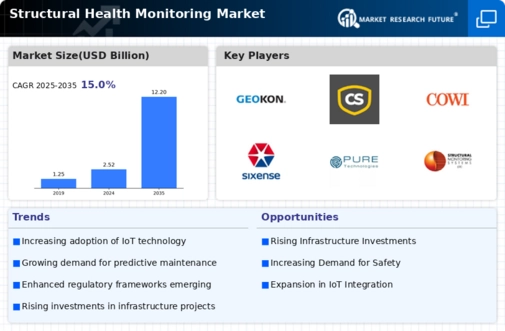
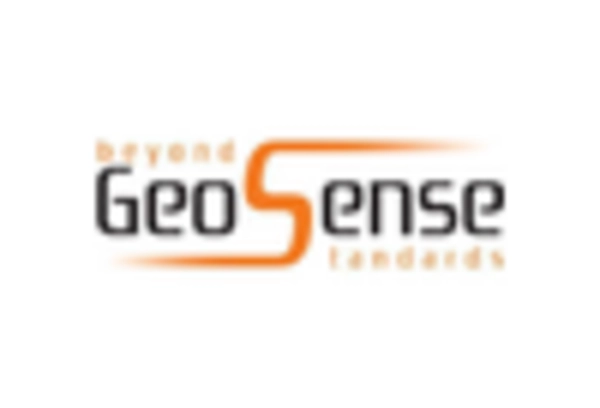
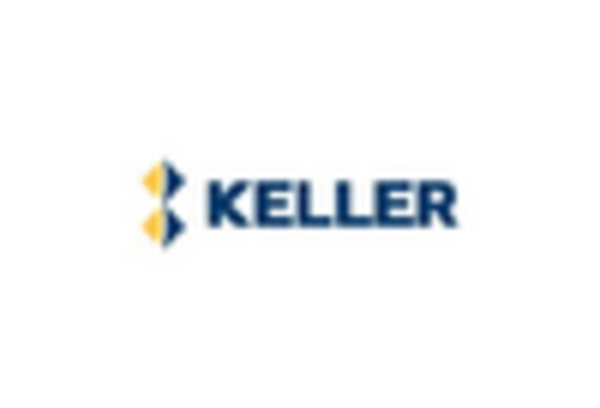
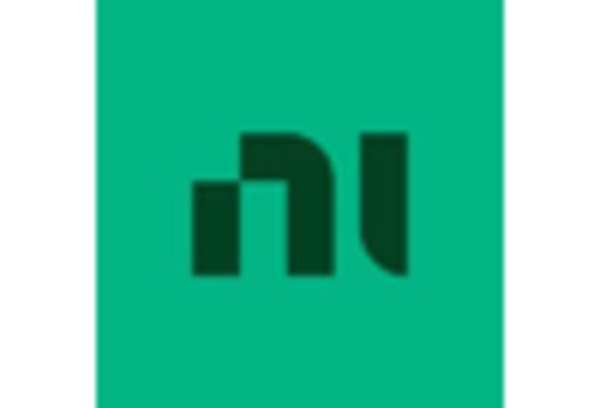
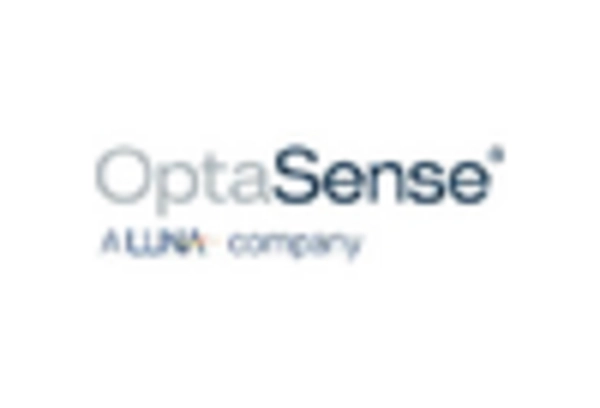
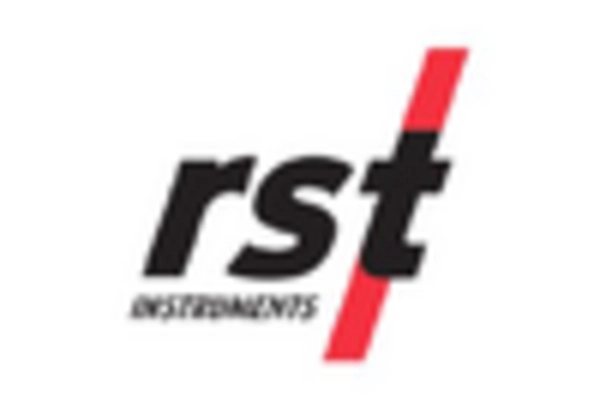
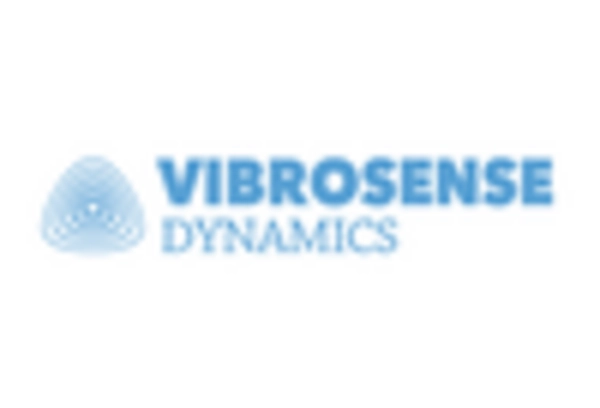








Leave a Comment